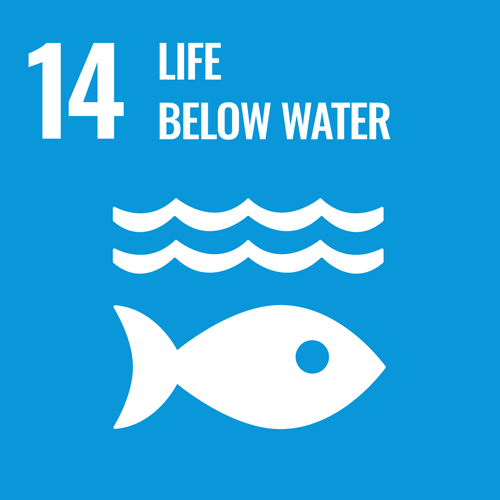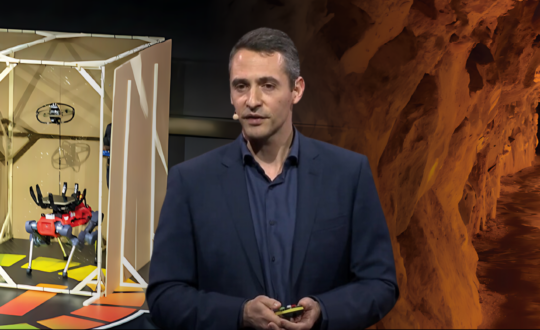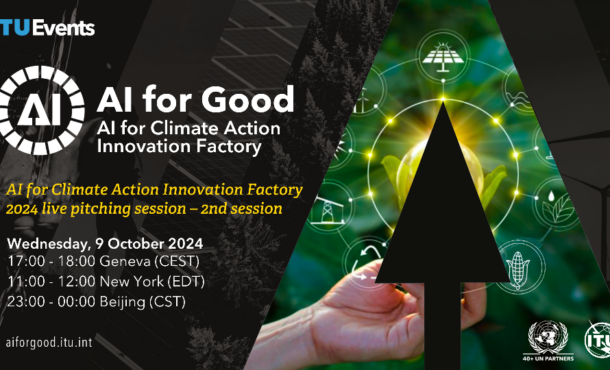Robots for ocean conservation: Combating pollution and preserving marine life
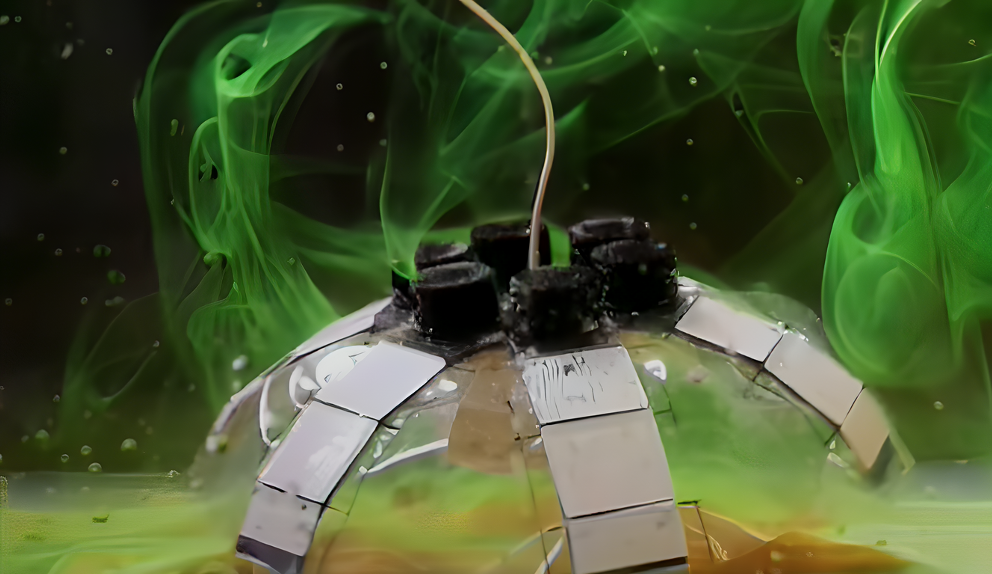
- 13 February 2024
by Elizaveta Agurbash
In today’s rapidly changing world, where climate change and pollution threaten the delicate balance of marine ecosystems, the integration of robotics emerges as a beacon of hope for ocean conservation. Through insightful dialogues and innovative research, experts like professor Martin Ludvigsen, assistant professor Tianlu Wang, research scientist Nic Carey, and professor Stefan Williams explore the transformative potential of robotics in preserving and restoring our oceans. These discussions delve into the diverse applications of robotic technology, from autonomously handling coral fragmentation to soft robotics’ gentle interaction with marine life. As we navigate the complexities of ocean conservation, these dialogues illuminate how robotics can revolutionize our approach to safeguarding marine biodiversity and combating environmental challenges.
The oceans are vital for sustaining life. However, they face significant threats from pollution and climate change. Robotics emerges as a crucial tool in combating these challenges, offering innovative solutions for preserving marine ecosystems. In the AI for Good Webinar “Robots for ocean conservation: Combating pollution and preserving marine life”, moderated by Brett Hobson, a mechanical engineer at the Monterey Bay Aquarium Research Institute, a captivating notion emerged of the vital role of robotics in advancing ocean conservation efforts, particularly in remote and challenging-to-access locations.
Mr.Hobson guided the discussion towards the significance of leveraging cutting-edge technology to navigate the depths of our oceans, where traditional methods often fall short. Through his insightful moderation, Hobson illuminated the transformative potential of robotics, offering a beacon of hope for the preservation of our marine ecosystems.
Unveiling ocean productivity
At the forefront of the discussion are AI-powered robots and cutting-edge research and technology. Professor Martin Ludvigsen from the Norwegian Technical University, introduces us to robotics already at work in the open ocean, identifying key areas of ocean productivity and biological hotspots. The ocean’s vastness presents challenges in understanding its ecosystems, making continuous coverage impractical. Professor Ludvigsen’s work highlights the integration of robotics and autonomy to perceive and navigate underwater environments effectively.
One significant challenge in ocean sampling lies in accessing remote and hard-to-reach locations, where traditional methods struggle to gather essential data. Advancing ocean observation with an AI-driven mobile robotic explorer offers promising solutions, as AI methods improve prediction accuracy, reduce measurement uncertainty, and accelerate methodological sampling with high spatial and temporal resolution. Characterizing upper water column biota is facilitated by employing intelligent onboard sampling to target specific mesoplankton taxa, utilizing a processing pipeline that combines imaging, supervised machine learning, hydrodynamics, and AI planning. This approach accelerates the time-consuming task of analyzing “who is there”, thus advancing oceanographic observation capabilities.
“We can bring a trained detection system in the ocean and it will recognize coral reefs, shipwrecks, and other sea objects”, shared professor Martin Ludvigsen.
Soft robotics in marine conservation
Moving forward, assistant professor Tianlu Wang, from the University of Hawaii, delves into the transformative potential of soft robotics in marine conservation. Fabricated with flexible materials, soft robots present a novel approach to navigating and interacting with marine environments. Drawing inspiration from nature, professor Wang’s research focuses on developing adaptable robotic systems that can safely operate within delicate ecosystems like coral reefs. By emulating the fluid movements of jellyfish, these robots offer a promising solution for tasks such as object manipulation and transportation, all while minimizing disruptions to marine life.
On a global scale, the ocean encompasses 70% of the Earth’s surface, yet remains largely unexplored, with only 0.1% occupied by coral reefs, home to over 25% of marine species. Within Hawaii’s waters, the Hawaiian Archipelago hosts more than 60% of coral reefs in U.S. territory.
“Coral reefs provide critical protection against waves and storms while supporting vital industries like local tourism and fishing”, noted assistant professor Tianlu Wang.
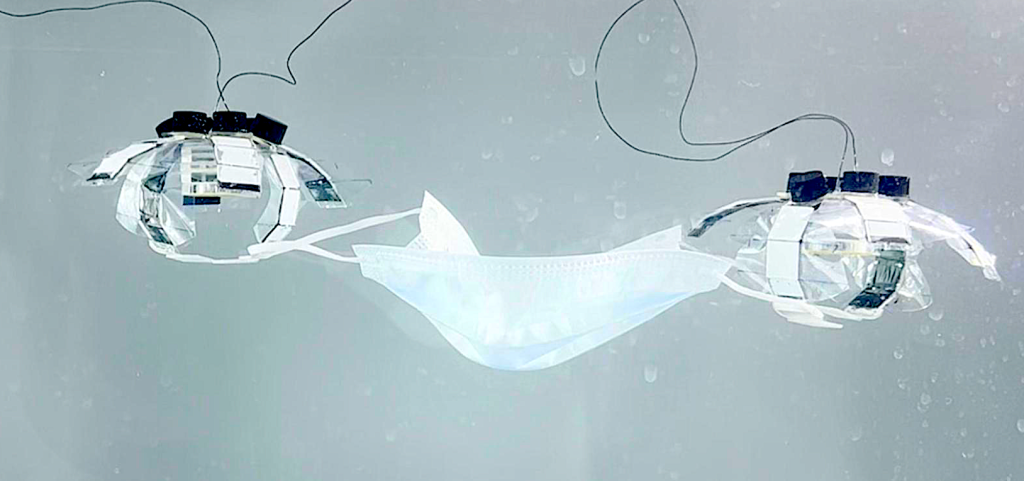
Professor Wang’s soft robotic platforms demonstrate exceptional capabilities, including fast and energy-efficient propulsion akin to jellyfish. These robots, powered by advanced HASEL actuators, represent a significant technological leap, enabling contactless object manipulation, steering, grasping, and propulsion. With their potential for safe interaction in underwater environments, these robots hold promise for various applications in marine conservation efforts, spanning acoustical, mechanical, and electrical domains.
Future-proofing assisted coral migration
Addressing immediate challenges in ocean conservation, future-proofing assisted coral migration discussion was led by the professor Nic Carey from Autodesk Robotics laboratory. Future-proofing assisted coral migration aims to relocate and preserve coral reefs amidst changing environmental conditions, ensuring their ecological functions for future generations.

Autodesk Robotics Laboratory contributes by developing scalable work cells for handling coral fragmentation and seeding. The process involves long-term strategies such as deployment, waste reduction, and community engagement. This approach also emphasizes safety, cost, and infrastructure, while promoting modular hardware and eco-friendly practices.
“Currently, the combined efforts of all global programs have managed to plant perhaps one hectare per year. Therefore, there is a significant mismatch between the necessary goals in the next few decades and our current achievements.”, claimed a senior principal research scientist Nic Carey.
With pressing challenges like labor bottlenecks—where the availability of skilled labor for coral planting is limited—and reef substrate engineering—managing the substrate to provide a suitable environment for coral growth—innovative solutions are crucial. As coral migration becomes vital for preserving reef-based bioorganisms in a warming ocean, robotics offers significant support.
Robotic exploration in marine environment
Stefan Williams – Director of the Digital Sciences Initiative and professor of Marine Robotics at the University of Sydney, discussed marine robotics research at the Australian Centre for Field Robotics (ACFR), focusing on platforms and sensing, navigation and mapping, planning and control, data analytics, and applications. The research supports ecology, archaeology, and geoscience, with collaborations both within Australia and internationally. The Australia’s Integrated Marine Observing System (IMOS program), under the National Collaborative Research Infrastructure Strategy (NCRIS), provides infrastructure for marine science research.
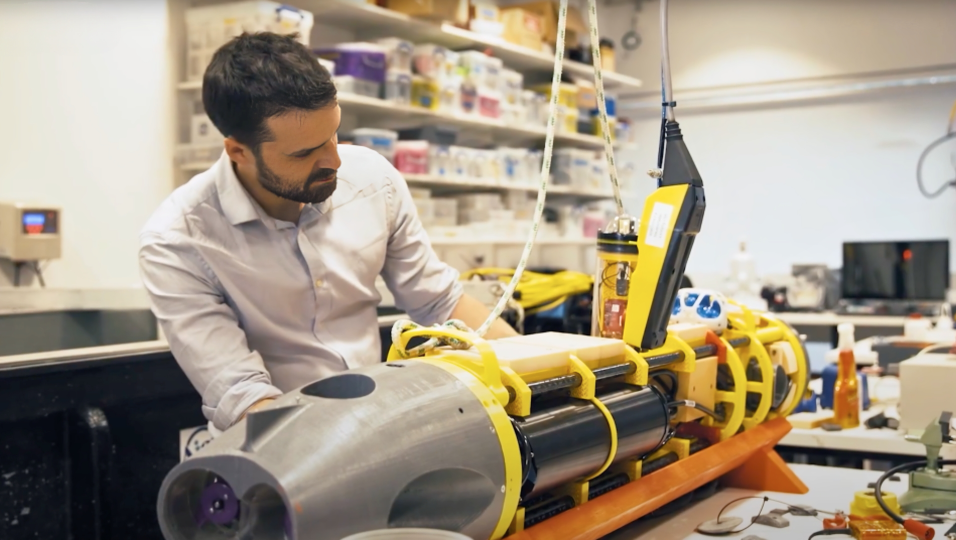
The IMOS AUV Facility at the University of Sydney specializes in benthic monitoring using Benthic imaging autonomous underwater vehicles (AUVs) with flexible sensing payloads. Professor Williams highlighted the potential of marine robotic systems in collecting rich, high-resolution datasets but noted challenges in data management. Future work includes exploring novel applications and advancing technologies like long-range autonomous marine teams and machine learning tools for visual and acoustic data. Positions in marine robotics research are available for interested candidates.
“Robotics systems present great tools for collecting rich and very high-resolution datasets. Managing, transforming this data into data products, and generating insights is truly a key focus of our work”, shared professor Stefan Williams.
Overall, robotics emerges as a crucial tool for combating pollution and preserving marine life. Discussions led by experts highlight the transformative potential of robotics in addressing environmental challenges, such as coral reef restoration. Despite progress, challenges like labor shortages and reef substrate management remain, underscoring the need for innovative solutions.
Looking forward, future-proofing assisted coral migration is crucial. Long-term strategies, including deployment optimization and waste reduction, are essential for preserving coral reefs for future generations. Robotics offers valuable support in addressing these challenges and advancing marine conservation efforts, heralding a more sustainable future for our oceans.
Watch our full video:


